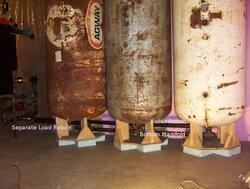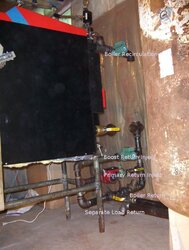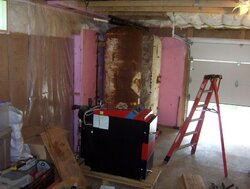Hello,
I've been a lurker for over a year and appreciate all the assistance and info I've learned here.
My question is, is there any reason I shouldn't use large air receiver tanks for pressurized storage? I am looking at two similar size tanks in the 240 gallon each range that I can tee together. Benefit is they are already piped with all the ports I need (so no welding), typically already located at the top and bottom, with smaller ports that will be handy for temp/pressure gauges, and they are space savers by standing vertical with a base already attached. I should add that this is only because I've seen some local deals on used tanks that make this cost effective..new air receiver tanks typically would be too high in price.
Something like the attached pic (hopefully the pic works...)

Thanks!
I've been a lurker for over a year and appreciate all the assistance and info I've learned here.
My question is, is there any reason I shouldn't use large air receiver tanks for pressurized storage? I am looking at two similar size tanks in the 240 gallon each range that I can tee together. Benefit is they are already piped with all the ports I need (so no welding), typically already located at the top and bottom, with smaller ports that will be handy for temp/pressure gauges, and they are space savers by standing vertical with a base already attached. I should add that this is only because I've seen some local deals on used tanks that make this cost effective..new air receiver tanks typically would be too high in price.
Something like the attached pic (hopefully the pic works...)

Thanks!




